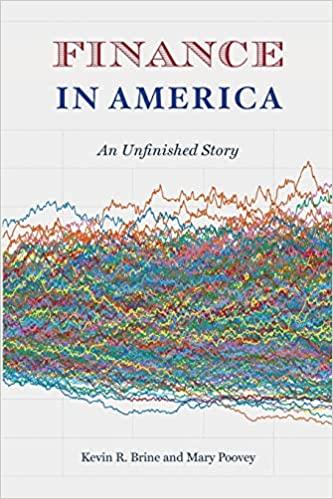Question
Matt and Debra Pearson live in an upscale neighborhood in Orem, Utah. Matt is a partner in the family owned automotive painting business. Debra stays
Matt and Debra Pearson live in an upscale neighborhood in Orem, Utah. Matt is a partner in the family owned automotive painting business. Debra stays home with their child, Brady, who is age 5. After visiting with their financial planner, the couple became concerned that they were spending too much and not putting enough funds aside for Bradys future educational needs. Matt earns $95,000 per year, but with the rising costs of education, they are concerned. Matt is an alumni of Stanford University, a private school with tuition and book expenses of approximately $14,000 per year. Debra graduated from Utah Valley University. The expense for tuition and books there is estimated at about $7,500 per year. When Brady turns 18, the couple wishes to send him to one of these two exceptional universities. They have a slight preference for Utah Valley University. The problem, however, is that with the rate at which tuition is increasing the Pearsons are not sure they can save enough money and they have decided they do not want to borrow to pay for Bradys education. Assume the tuition at both universities will increase at an annual rate of 5% from now until Brady starts college. Living expenses are currently estimated at $8,000 per year at both schools. This expense is expected to grow at only 3% per year. Further assume that Pearsons can deposit their money into a growth oriented mutual fund at the Salt Lake City based mutual fund company, Wasatch Advisors which has historically earned 12% per annum. The couple wishes to save by having a pre-determined amount automatically withdrawn form their bank account at the end each month. They plan to contribute from now until Brady starts college. When Brady starts college, at the beginning of his freshman year, they will stop making contributions. They want to have enough in their account to cover all four years of college expenses when Brady starts college. They will make annual withdrawals from the account to cover both tuition and living expenses for Brady at the beginning of his freshman, sophomore, junior, and senior years. When the withdrawal for the senior year is made the account balance will be zero. Complete a thorough analysis and write a professional letter to the Pearsons (who dont understand finance) explaining the analysis you performed why you performed it, and the results and conclusions. In the letter and attached schedules provide information that answers the following questions. What will be the tuition expense, living expense, and total expense for each of the four years that Brady will attend college? Provide the information for each University. What amount will be needed in the account when Brady starts his freshman year if he attends Stanford? What amount if he attends UVU? How much money will Matt and Debra have to deposit at the end of each month to allow Brady to attend Stanford? How much money will have to be deposited per month to allow Brady to attend Utah Valley University? Assume that Matt and Debra stop making deposits when Brady starts college. The Pearsons are concerned that given the current market performance the mutual fund will only earn 9% per year. If the return is only 9% how much will be needed in the account when Brady starts college and how much will have to be deposited per month for Brady to have sufficient funds to attend each school?
Step by Step Solution
There are 3 Steps involved in it
Step: 1

Get Instant Access to Expert-Tailored Solutions
See step-by-step solutions with expert insights and AI powered tools for academic success
Step: 2

Step: 3

Ace Your Homework with AI
Get the answers you need in no time with our AI-driven, step-by-step assistance
Get Started


